By now, every major digital ad platform has offered up some guidance on the expected impact of Apple’s recent privacy changes with iOS 14.5+ and beyond—most importantly the App Tracking Transparency (ATT) feature.
Facebook has reacted the most strongly, accusing Apple of doing damage to small businesses and phasing out its 28-day attribution window for ads before the update was even released.
While the initial impact of iOS 14.5+ (which rolled out in late April) to both marketers and the data presented was minimal, that’s all changing: just days before Apple’s WWDC conference in early June, adoption rates predictably soared to over 60%—and that number is soon expected to reach critical mass.
Marketers have been speculating about the impact this will have on Facebook ads, questioning everything from the accuracy of performance data to the ability to find audiences. But let’s get down to brass tasks: what everyone wants to know is whether Facebook’s algorithmic ad service will be able to run as effectively with less data.
The key to unlocking accurate measurement: modeled conversions
One way to fill in the potential blanks in the customer journey and accurately assess the effectiveness of marketing investments is through conversion modeling. And that’s exactly what Facebook is starting to use.
What is conversion modeling?
Conversion modeling refers to the use of machine learning to quantify the impact of your marketing efforts when conversion data can’t be measured, whether due to tracking restrictions on iOS devices or blind spots from cross-device purchase behavior.
Modeled conversions use aggregated and anonymized data to estimate conversions that ad platforms like Facebook or Google are unable to observe directly—providing a more complete report of your conversions while respecting user consent.
Why is conversion modeling so important right now?
Conversion modeling empowers marketers to more effectively measure success across the customer journey and optimize performance where conversion data may be partial or missing. Here’s how:
- Measurement and reporting: Marketers that leverage modeling can better account for the total number of conversions that took place to accurately understand the impact of marketing and maintain high-quality bidding that prevents underbidding or overbidding.
- Optimization and performance: Without modeling, optimization methods have to operate on partial data, potentially resulting in less efficient performance. With modeled conversions, platforms can learn from more representative data, leading to better estimations and outcomes.
Right now, your business is likely missing out on a significant subset of individuals who are less reachable due to the iOS changes. Modeling addresses that issue by feeding the algorithm more data to ensure your ads are getting served to the right people at the right time.
As opt-out rates hit critical mass, modeled conversions will be a top priority for marketers looking to unlock a fuller picture of consumer behavior while respecting user privacy.
What’s new with modeled conversions on Facebook?
In response to Apple’s massive tracking changes, Facebook will now model conversion data for the first time to help improve its ad algorithm delivery and performance.
So what does this mean for you?
Previously, users who opted out would only be counted in a 1-day click window rather than a 7-day click, 1-day view window. That means a user who made a purchase after a 1-day click window wouldn’t be factored into Facebook’s algorithm when it’s figuring out which people to include in an audience because Facebook wouldn’t recognize that they made a purchase at all.
Facebook recently sent out a new update to select advertisers detailing three changes to how it’s now tracking events and conversions. Of the three changes, one stands out as the most monumental: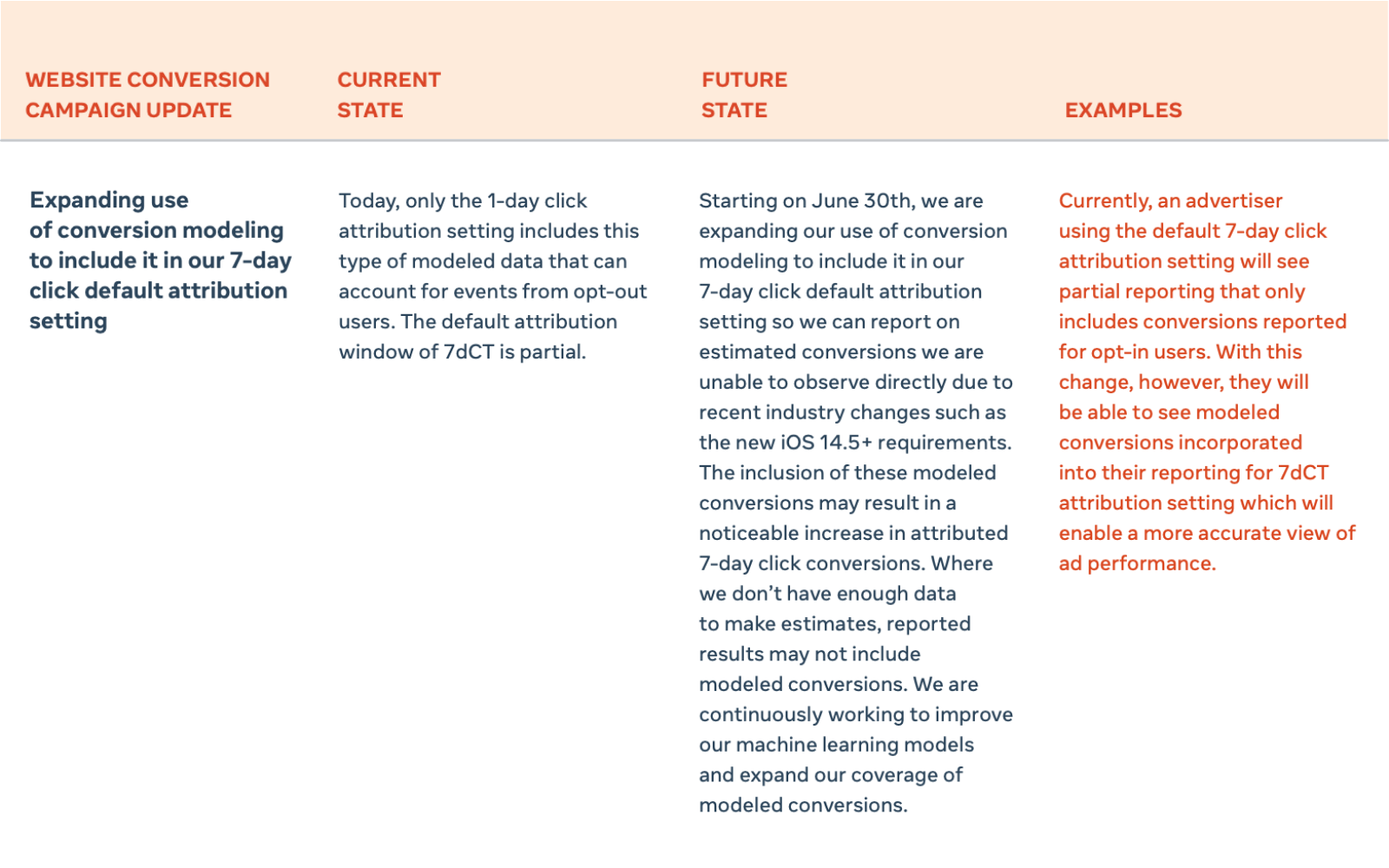
Now, marketers are able to “model” the behavior of opted-out users to get insight on what they’re doing in the 7-day click, 1-day view window—and ultimately help reshape and reconfigure Facebook’s machine learning tool with more complete and effective data.
What we know so far about Facebook’s modeled conversions
With ATT changes, Facebook can no longer use alternative identifiers (e.g. IP addresses) to store opted-out users’ third-party web and app activity data alongside their Facebook or Instagram accounts. These restrictions have led some Facebook advertisers to see reductions in performance data being reported in the UI (specifically, increased CPAs and decreased ROAS).
By adding estimated conversions into its 7-day click, 1-day view attribution windows, Facebook can help marketers account for lost data and provide a more accurate view of performance based on modeled estimates.
Here’s what we know so far about Facebook’s new measurement solution:
- It’s used to estimate unobservable conversions on iOS devices only
- Modeling techniques use aggregated data such as historical conversions as well as conversions that Facebook still has visibility into to estimate the total number of conversions driven by the platform, then factor in the lower conversion rates of opted-out users to avoid overinflation
- Reported results won’t include modeled conversions in instances where Facebook doesn’t have enough data to make estimations about how campaigns will perform
Conversion modeling is not new to digital advertising: Google has been doing this forever
Whether or not you’ve realized it, conversion modeling is an established thing in marketing—in fact, you’re probably already using it.
That’s because Google has been modeling conversions for years, and you (or your counterpart on the search side) are likely using them in your reporting, to make decisions, and to build your paid search strategy.
Over time, Google’s methodology has slowly moved away from a deterministic approach revolving around cookies towards a probabilistic modeled approach that we’re seeing now. In early April, the search giant introduced conversion modeling through Consent Mode to help marketers further preserve online measurement capabilities using a privacy-first approach.
Consent Mode was built with the understanding that unconsented users convert at a lower rate, as shown in the example below: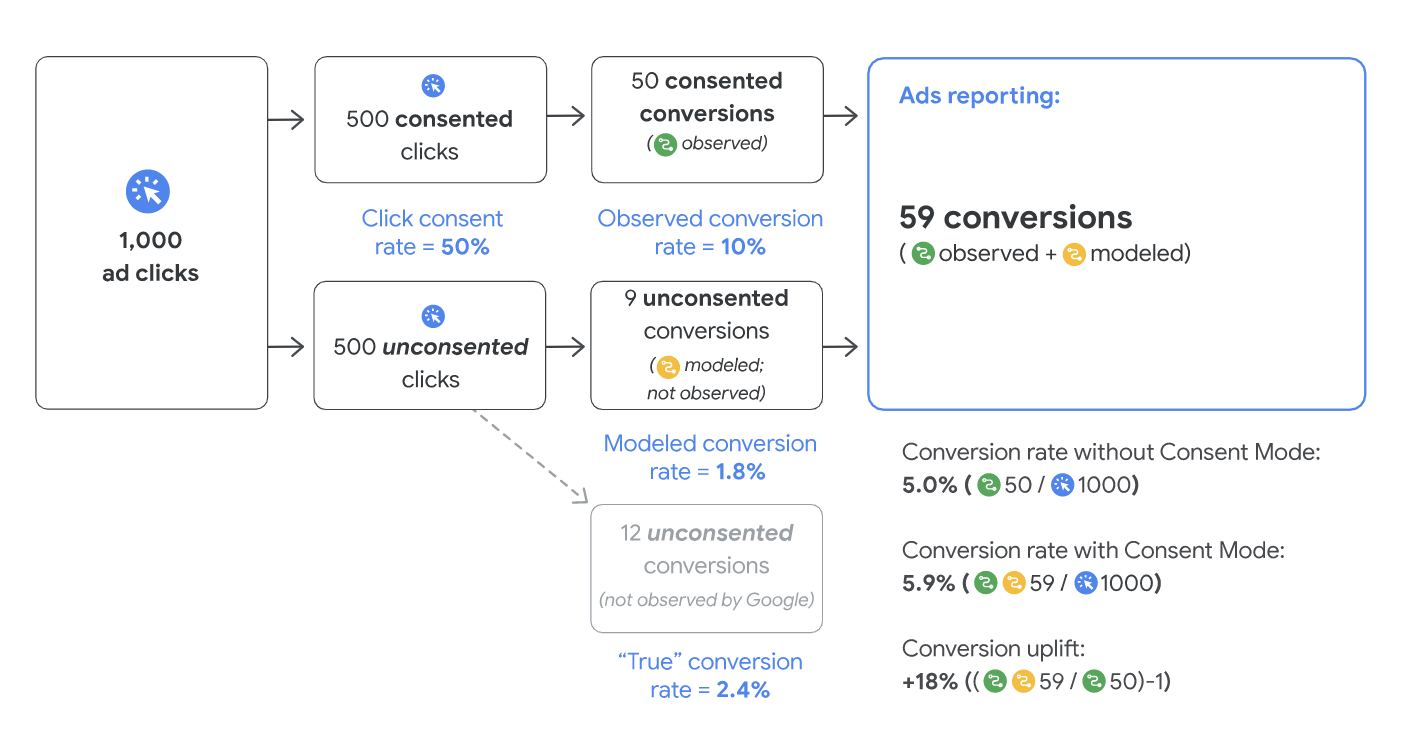
According to Google, conversion modeling through Consent Mode can help restore more than 70% of ad-click-to-conversion journeys lost due to data restrictions.
Should you be concerned about Facebook overreporting on their modeled conversions?
In short, no.
Think about it: Facebook has a vested interest in making modeled conversions work. If they overreport on modeled data, and end up completely off the mark, they risk losing the trust (and business) of their advertisers—which is something they’re not going to jeopardize at any cost.
In fact, to make their conversion reporting as robust as possible, Facebook rolled out new metric annotations to highlight where modeling may be used to account for certain conversions. They also plan on only including modeled data when they have enough information to confidently model off of.
Actions you can take to prepare
With the long-term implications of iOS 14 (and its direct changes to tracking across mobile apps and desktop) still up in the air, it’s vital that digital marketers adjust and adapt as soon as they can. Here are a few key steps you can take now to proactively prepare.
Basic steps that you should already have in place:
- Verify your domain on Facebook: To configure conversion events, Facebook must verify your domain using the steps outlined in the Facebook Help Center.
- Leverage Facebook’s Aggregated Events Management: For measurement of web events from people who use iOS 14.5+ and later versions, configure your web events correctly so that Facebook’s modeling solutions can process them.
The crucial next step to help you prepare for the future:
- Become an early adopter of Facebook Conversions API: As Facebook explains it, “the Facebook Conversions API allows advertisers to send web and offline events from their servers directly to Facebook. Server events are linked to a pixel and are processed like browser pixel events. This means that server events are used in measurement, reporting, and optimization in the same way as browser pixel events.” We encourage advertisers to implement Conversions API in addition to Facebook pixel for full-funnel visibility and more reliable data sharing.


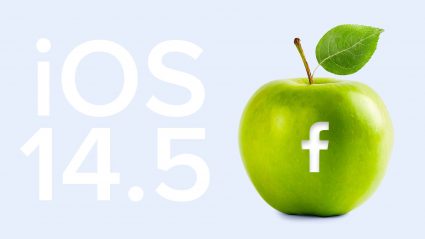
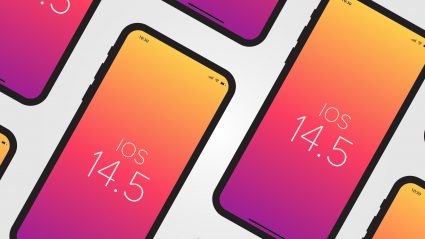

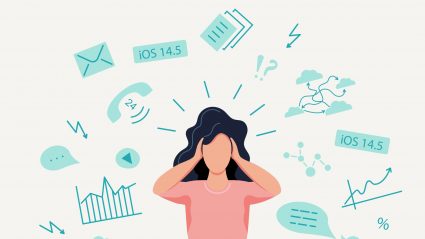
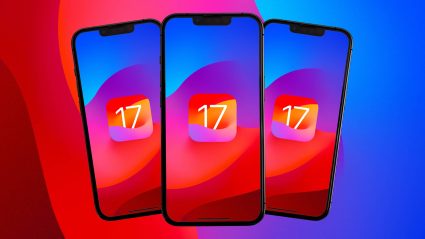

Responses